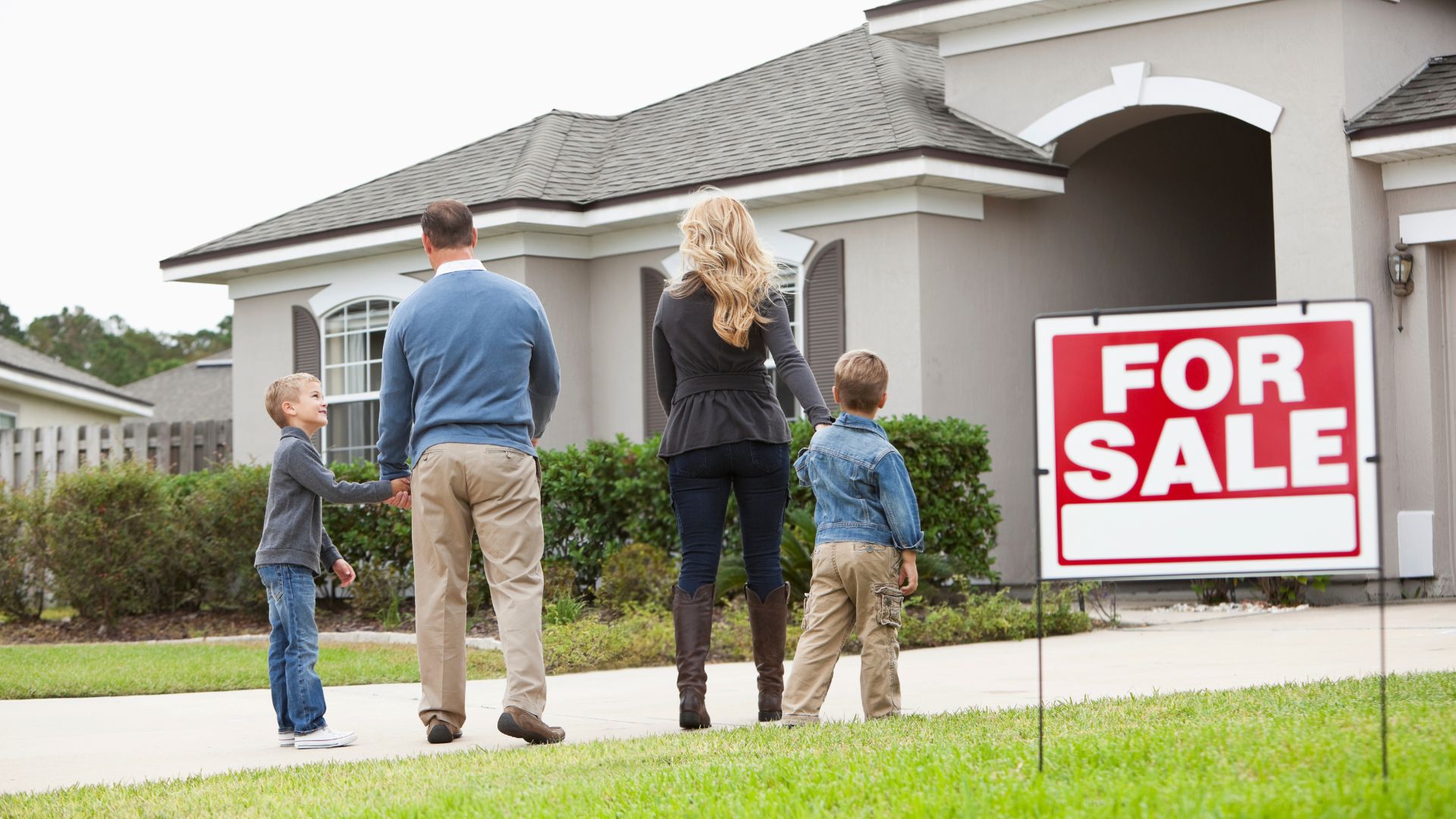Fences are an essential part of many properties in the United States, not only for privacy and security but also for enhancing the home’s curb appeal. Types of fences include wood, vinyl, metal, and chain link, and with a wide variety of materials and styles available, choosing the right one can be overwhelming.

Wood Fences
Advantages:
Wood fences are a timeless classic. They are valued for their natural appearance and ability to complement nearly any home style, from rustic to modern. They provide a good balance of privacy and security.
Disadvantages:
They require regular maintenance, such as sealing and painting, to prevent rot and insect damage. Their lifespan can be shorter in humid climates.
Vinyl Fences
Advantages:
Vinyl fences are increasingly popular due to their durability and low maintenance. They are weather-resistant, do not fade or splinter, and come in various styles and colors.
Disadvantages:
Although their initial cost is higher than wood, the investment pays off over time due to lower maintenance costs. In extreme weather conditions, they can become brittle and break.
Metal Fences (Aluminum and Wrought Iron)
Advantages:
Metal fences, especially aluminum and wrought iron, offer an elegant and modern aesthetic while being extremely durable. Aluminum is rust-resistant, making it ideal for high-humidity areas or near the sea.
Disadvantages:
They don’t offer much privacy unless combined with other materials. Wrought iron fences require periodic maintenance to prevent rust.
Chain-Link Fences
Advantages:
They are an economical, low-maintenance option, ideal for enclosing large areas like backyards or commercial properties. They are easy to install and highly durable.
Disadvantages:
They offer little privacy, and their appearance may be less attractive than other types of fences. However, they can be enhanced with covers or climbing plants.
Composite Fences
Advantages:
Made from a mix of wood and recycled plastic, composite fences combine the look of wood with the durability of plastic. They are resistant to rot and do not require painting or sealing.
Disadvantages:
They can be more expensive than wood or vinyl fences, and in some cases, their appearance may be less natural than real wood.
Bamboo Fences
Advantages:
Bamboo is a sustainable, eco-friendly option that is gaining popularity. It offers a unique and exotic appearance while being strong and lightweight.
Disadvantages:
Bamboo may not be suitable for all climates, as moisture can cause deterioration. It also requires regular maintenance to keep its appearance.
How to Choose the Right Fence
Choosing the right fence depends on several factors, including your budget, privacy and security needs, the maintenance you’re willing to perform, and your home’s architectural style. Also, consider your area’s climate and how it might affect the chosen material.
Conclusion
Selecting the perfect fence is not only a practical decision but also an opportunity to enhance your property’s aesthetic appeal and value. Understanding the pros and cons of various types of fences helps you make an informed choice based on your specific needs and lifestyle. Whether you prioritize durability, privacy, low maintenance, or eco-friendliness, there is a fence that meets your expectations. Take the time to evaluate your options, consult with professionals if needed, and invest in a fence that will serve you well for years to come.






